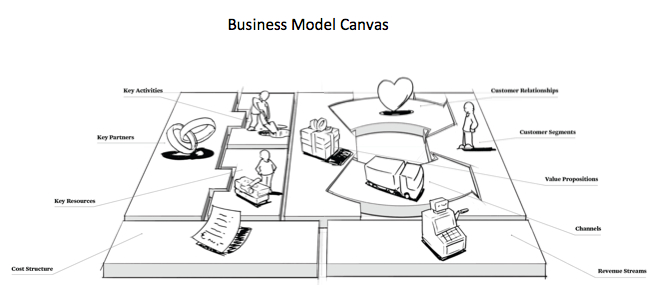Designing Effective Channel Partner Programs in the Software Industry (2)
To read part one of this series click here >> Part 1.
The series of posts discusses how to design effective business partner programs in the software industry.
We explain the design criteria for a business partner program stressing the difference between the business model of the software vendor and that of his channel business partners. Effective business partner programs are based on the best-practice approach for building and growing a business around the software vendor’s product.
The posts also briefly explains the difference between the business partner agreement and the business partner program.
Finally, the posts provides specific recommendations for the content of the business partner program in the software industry. In this context the whitepaper makes recommendations for recruiting and starting partners as well as for managing the portfolio of partners.
The Business Partner Agreement versus the Business Partner Program
What is the difference between the business partner agreement and the business partner program?
The Business Partner Agreement
 The business partner agreement is the legal and binding terms and conditions, which you and the business partner have signed. The business partner agreement is the home of all the formal legalese and it is very difficult to change. To avoid an expensive administrative chaos you should keep all business partner agreements identical.
The business partner agreement is the legal and binding terms and conditions, which you and the business partner have signed. The business partner agreement is the home of all the formal legalese and it is very difficult to change. To avoid an expensive administrative chaos you should keep all business partner agreements identical.
Keep the business partner agreement as short as possible and refer to the current business partner program as often as you can.
You need a lawyer to help with your business partner agreement and you should never make a change to the business partner agreement without consulting your legal counsel.
In the early days of building your channel of business partners there will be pressure from your prospective business partners to include as much in the business partner agreement as possible.
Don’t give in.
Keep the business partner agreement and the business partner program separate.
The Business Partner Program
 The business partner program as discussed in this series of posts is much more flexible and can be changed as the situation changes. The business partner program is made and changed unilaterally by the software vendor.
The business partner program as discussed in this series of posts is much more flexible and can be changed as the situation changes. The business partner program is made and changed unilaterally by the software vendor.
Your business partners will not always like this, but you cannot live with having all the details written into a business partner agreement, which is difficult to change.
When you behave reasonably and do not change the business partner program without due notice and logical justifications, then business partners will accept the structure.
Recruitment
In the early days when you do not have many successful business partners under your belt and your brand awareness is very low then your business partner program is the main carrot for new partners.
Just the fact that you have a business partner program will differentiate you from most other software companies.
Together with your ambition and your strategy the business partner program will help justify the resources a new business partner must allocate and invest in the business venture with you.
The clearer a picture of the future and of how to get there you can paint the more effective your partner recruitment activities will be.
There are four issues, which are critical for any business partner:
- Initial investments required
- Impact on cash flow
- Time to revenue
- Time to profit
Your business partner program should address exactly these four issues for the new partners. We will dig into the details of the business partner program addressing these four issues in the next sections.
The business models of your business partner
The business model of your business partner is very different from your own business model. In many cases the 9 business model building blocks are all different. In some situations you may share the same customer segments, but more often you want a partner channel exactly in order to serve many more customer segments than you could ever cover yourself.
Where the software vendor runs a product based business model, the business partner typically runs a project based business model.
When you run different business models then you will also think completely differently and your organizations will have different skills and management priorities.
As a software vendor you have invested and are continuously investing heavily in product development. You see your product as your key differentiator. The marginal cost (cost of sales and cost of goods sold) of selling an additional copy of your software is close to zero for you.
The business partner has the relationship with his customers as the most important value element. Your software is just a single element of the value he brings to his customers. His marginal cost of selling an additional copy of your software is very high and he has to pay “cost of goods sold” to you. He is also aware that he is not your only business partner. In order to differentiate against his competitors he must develop customer value propositions, which are independent from your product.
When you understand these fundamental differences and understand the business model of your business partners, then you will be much better positioned to design a productive business partner program.










